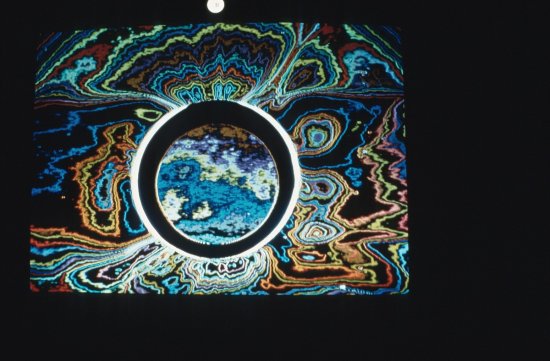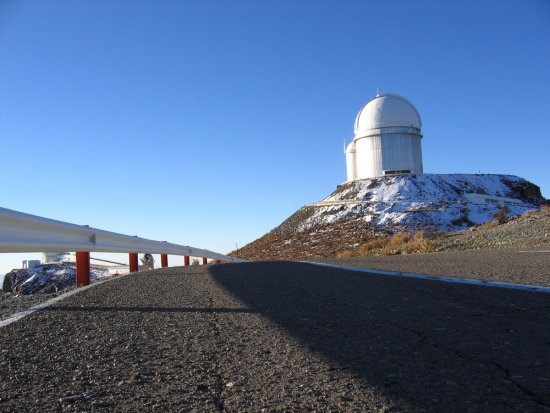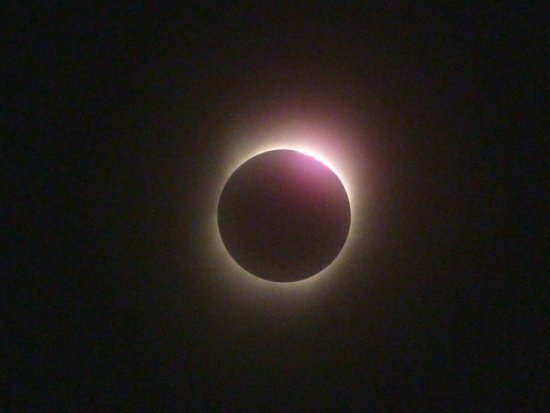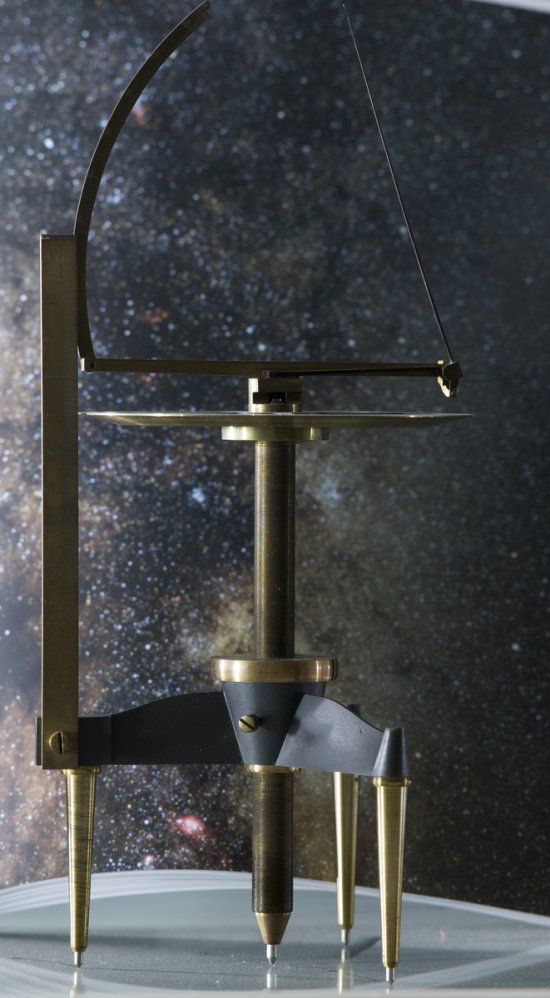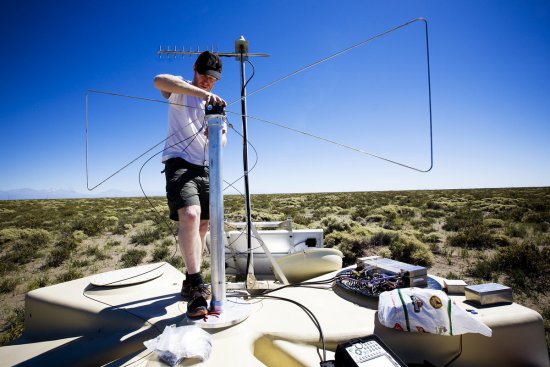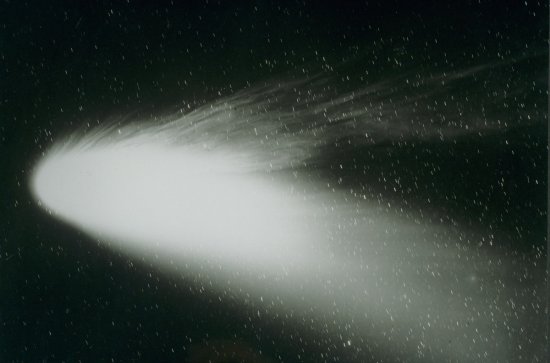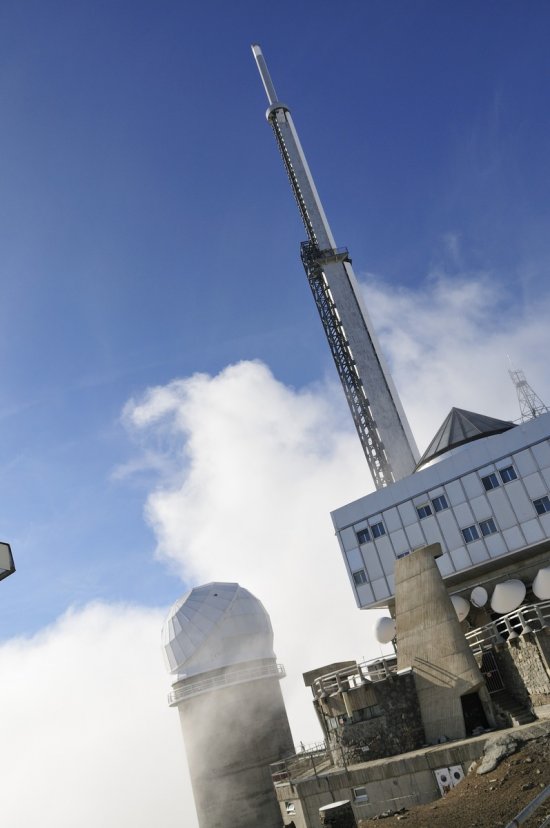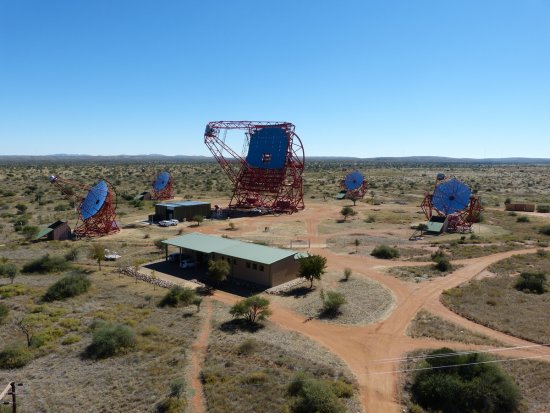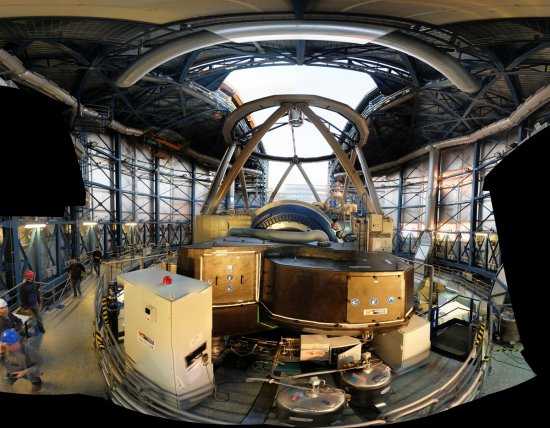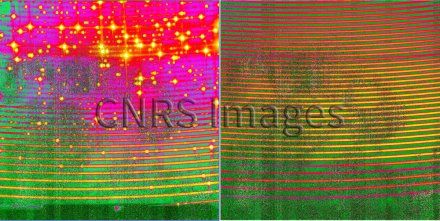
© IRAP / OMP / CNRS Images
Reference
20170037_0003
Première lumière en laboratoire, pour le spectrographe cryogénique de l'instrument SPIRou
First light in the laboratory for the cryogenic spectrograph that forms part of the SPIRou (near-infrared spectropolarimeter) instrument. These first spectra, obtained during tests at a cryogenic temperature of 80 kelvin (-193°C), transmit a range of data for fine-tuning the spectrograph. The light comes from a thorium-argon hollow cathode lamp (left) and a xenon laser lamp (right). These lamps are part of the instrument’s calibration module and radial velocity module respectively. SPIRou comprises a near-infrared spectropolarimeter combined with a high-precision velocimeter. Installed at the Cassegrain focus of the Canada-France-Hawaii Telescope (CFHT) at the end of 2017, SPIRou has been designed to detect habitable Earth twin exoplanets in the planetary systems of red dwarf stars similar to the Sun. It could also penetrate the mysteries of the birth of stars and planets by observing, for the first time, the magnetic fields of protostars barely a few hundred thousand years old.
The use of media visible on the CNRS Images Platform can be granted on request. Any reproduction or representation is forbidden without prior authorization from CNRS Images (except for resources under Creative Commons license).
No modification of an image may be made without the prior consent of CNRS Images.
No use of an image for advertising purposes or distribution to a third party may be made without the prior agreement of CNRS Images.
For more information, please consult our general conditions
